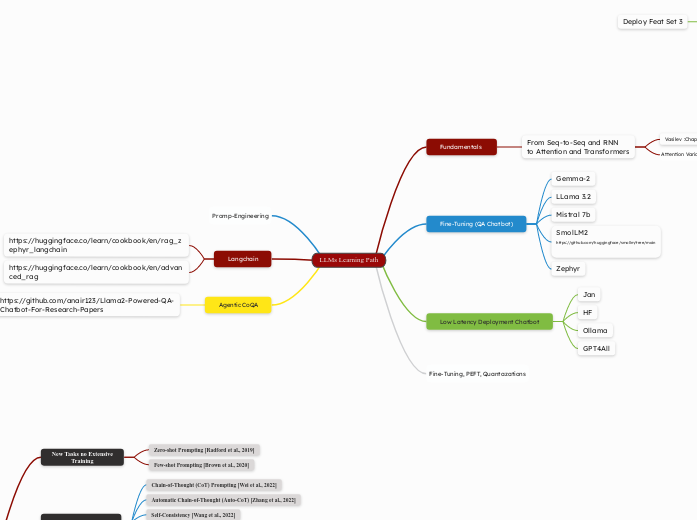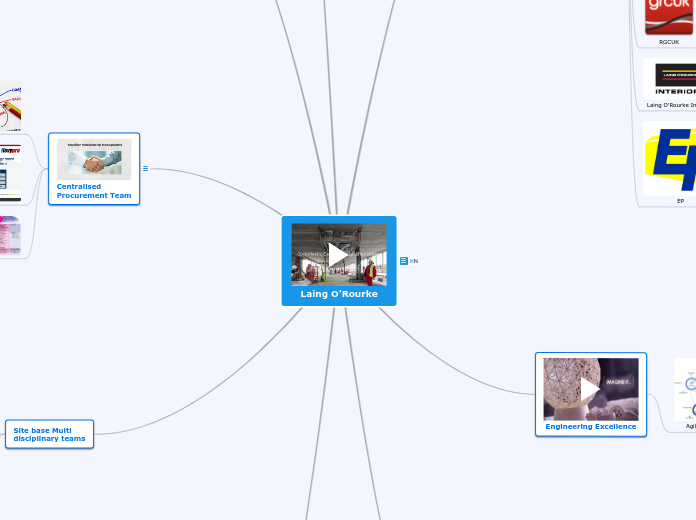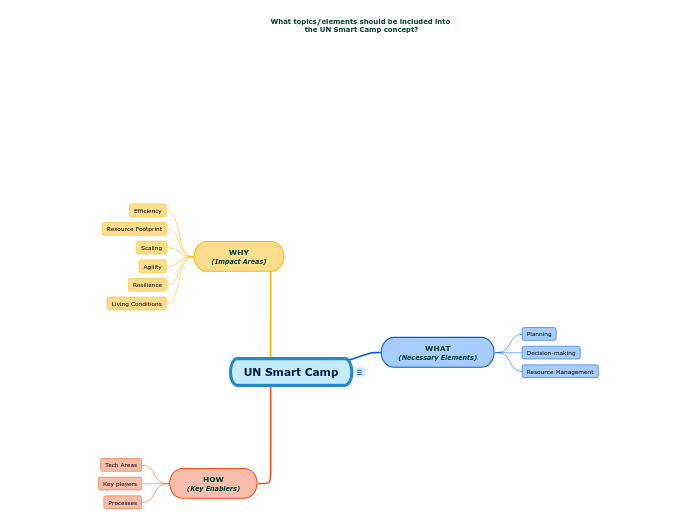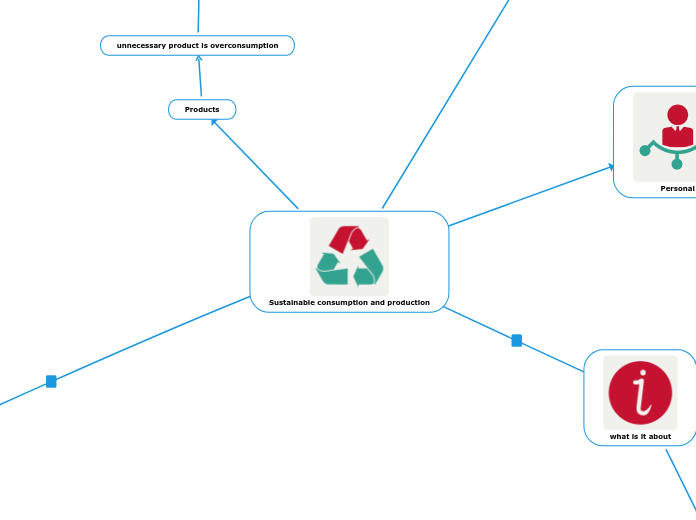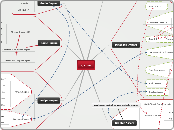Business Sectors
Technology and Software Development
Manufacturing
Knowledge Management
Supply Chain Management
Human Resources and Talent Management
Research and Development
Healthcare
Education and Training
Regulatory Compliance
Customer Relationship Management (CRM)
Sales and Marketing
Finance and Banking
e-Business
Basic LLMs Tasks
Content Generation and Correction
Information Extraction
Text-to-Text Transformation
Semantic Search
Sentiment Analysis
Content Personalization
Ethical and Bias Evaluation
Paraphrasing
Language Translation
Text Summarization
Conversational AI
Question Answering
LLMs Learning Path
Efficient LLMs
Efficient Inference
System-Level Inference
Efficiency Optimization
vLLM ,
DeepSpeed-Inference
Algorithm-Level Inference
Efficiency Optimization
Effitient Architecture
Long Context LLMs
MOE
Efficient Attention
Hardware-Assisted Attention
FlashAttention, vAttention
Learnable Pattern Strategies
HyperAttention
Fixed Pattern Strategies
Sparse Transformer , Longformer , Lightning Attention-2
Model Compression
Knowledge Distillation
Low-Rank Approximation
Parameter Pruning
Quantization
Quantization-Aware Training
Post-Training Quantization
Weight-Activation Co-Quantization
RPTQ, QLLM
Weight-Only Quantization
GPTQ, AWQ, SpQR
Efficient Fine-Tuning
Frameworks
Unsloth
MEFT (Q-LoRA, QA-LoRA, ...)
PEFT
Prompt Tuning
Prefix Tuning
Adapter-based Tuning
Low-Rank Adaptation (LoRA, DoRA)
AI Apps
Frameworks
Local
Gradio
Jan
Deployment
Anyscale
Hugging Face Inference Endpoints.
Serving
vLLM
BentoML
Integration
LlamaIndex
Scaled Multi-Agents
Local AI Agents
Local Chatbots
LLM-Based Recommendation Chatbot
Medical QA ChatBot
Research Assistant(Talking Papers)
Generative AI Agents
Frameworks and Practices
RASA
Langchain / LangGraph
CrewAI
SmolAgents
Courses
HF Agent Cource
Books
https://arxiv.org/pdf/2401.03428
https://www.arxiv.org/pdf/2504.01990
LLMs Adaptation
Promp-Engineering
RAG
20 Types of RAG Arch
Langchain
Indexes
weaviate
Faiss
Pinecone
Qdrant
Chroma
Prompt
Agent
Chains
Memory
Fine-Tuning ( Transfer learning, Strategies )
- Instruction-tuning
- Alignment-tuning
- Transfer Learning
Fundamentals
HF Transformers, pyTorch
HF Course:
https://huggingface.co/docs/transformers/en/quicktour
Language Modeling and llms
https://arxiv.org/pdf/2302.08575
ChatgptDiscussion:
https://chatgpt.com/share/6819003f-e674-8005-af8b-11a7ef37bd70
https://arxiv.org/pdf/2303.18223
https://arxiv.org/pdf/2402.06853
https://arxiv.org/pdf/2303.05759
https://wandb.ai/madhana/Language-Models/reports/Language-Modeling-A-Beginner-s-Guide---VmlldzozMzk3NjI3
- Full Language Modeling
- Prefix Language Modeling
- Masked Language Modeling
- Unified Language Modeling
From Seq-to-Seq and RNN
to Attention and Transformers
Papers
Lewis- Wolf
Vasilev
